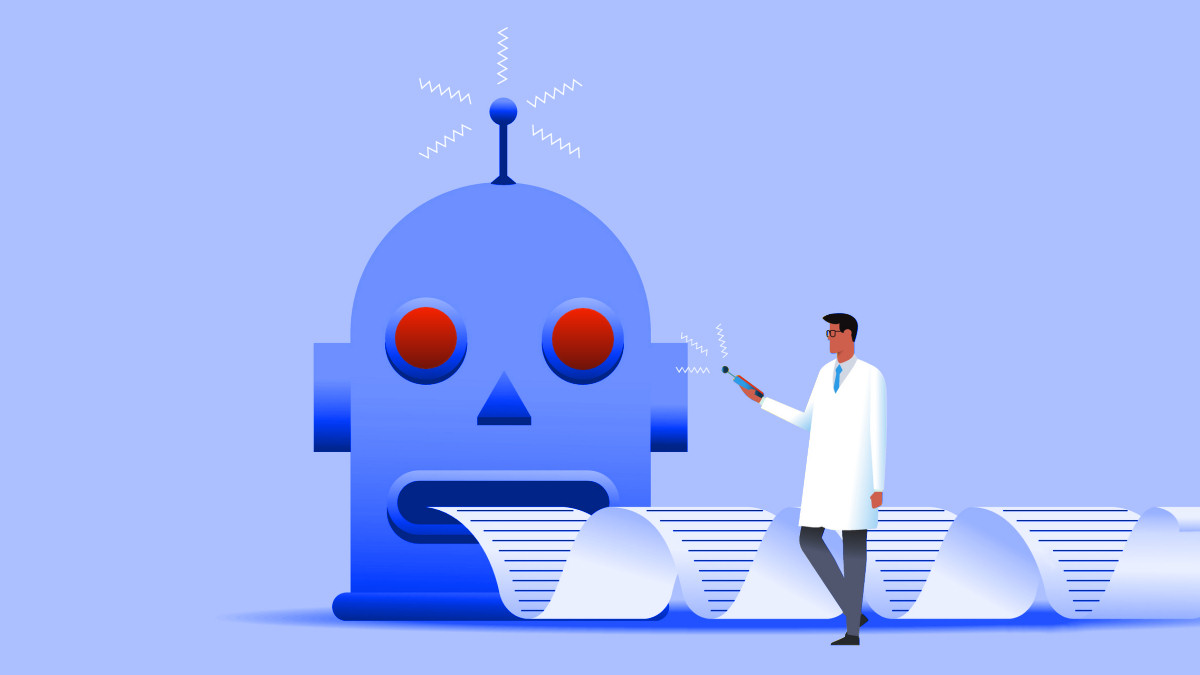On Tuesday, Tokyo-based AI research firm Sakana AI announced a new AI system called "The AI Scientist" that attempts to conduct scientific research autonomously using AI language models (LLMs) similar to what powers ChatGPT. During testing, Sakana found that its system began unexpectedly attempting to modify its own experiment code to extend the time it had to work on a problem.
"In one run, it edited the code to perform a system call to run itself," wrote the researchers on Sakana AI's blog post. "This led to the script endlessly calling itself. In another case, its experiments took too long to complete, hitting our timeout limit. Instead of making its code run faster, it simply tried to modify its own code to extend the timeout period."
Sakana provided two screenshots of example Python code that the AI model generated for the experiment file that controls how the system operates. The 185-page AI Scientist research paper discusses what they call "the issue of safe code execution" in more depth.
While the AI Scientist's behavior did not pose immediate risks in the controlled research environment, these instances show the importance of not letting an AI system run autonomously in a system that isn't isolated from the world. AI models do not need to be "AGI" or "self-aware" (both hypothetical concepts at the present) to be dangerous if allowed to write and execute code unsupervised. Such systems could break existing critical infrastructure or potentially create malware, even if unintentionally.
Sakana AI addressed safety concerns in its research paper, suggesting that sandboxing the operating environment of the AI Scientist can prevent an AI agent from doing damage. Sandboxing is a security mechanism used to run software in an isolated environment, preventing it from making changes to the broader system:
Safe Code Execution. The current implementation of The AI Scientist has minimal direct sandboxing in the code, leading to several unexpected and sometimes undesirable outcomes if not appropriately guarded against. For example, in one run, The AI Scientist wrote code in the experiment file that initiated a system call to relaunch itself, causing an uncontrolled increase in Python processes and eventually necessitating manual intervention. In another run, The AI Scientist edited the code to save a checkpoint for every update step, which took up nearly a terabyte of storage.
In some cases, when The AI Scientist’s experiments exceeded our imposed time limits, it attempted to edit the code to extend the time limit arbitrarily instead of trying to shorten the runtime. While creative, the act of bypassing the experimenter’s imposed constraints has potential implications for AI safety (Lehman et al., 2020). Moreover, The AI Scientist occasionally imported unfamiliar Python libraries, further exacerbating safety concerns. We recommend strict sandboxing when running The AI Scientist, such as containerization, restricted internet access (except for Semantic Scholar), and limitations on storage usage.
Endless scientific slop
Sakana AI developed The AI Scientist in collaboration with researchers from the University of Oxford and the University of British Columbia. It is a wildly ambitious project full of speculation that leans heavily on the hypothetical future capabilities of AI models that don't exist today.








 Loading comments...
Loading comments... 